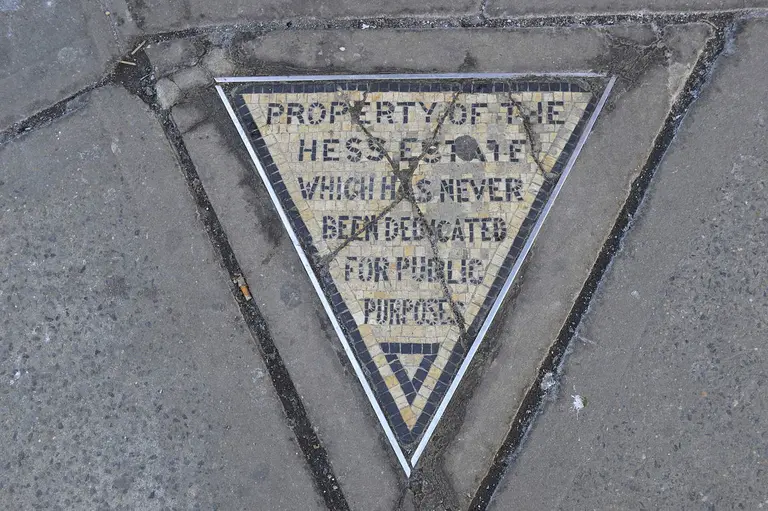
Photo via Wiki Commons
Hess Triangle is NYC’s smallest piece of private land
Find out the story behind this cryptic message and one of the city's best historic remnants

Photo via Wiki Commons
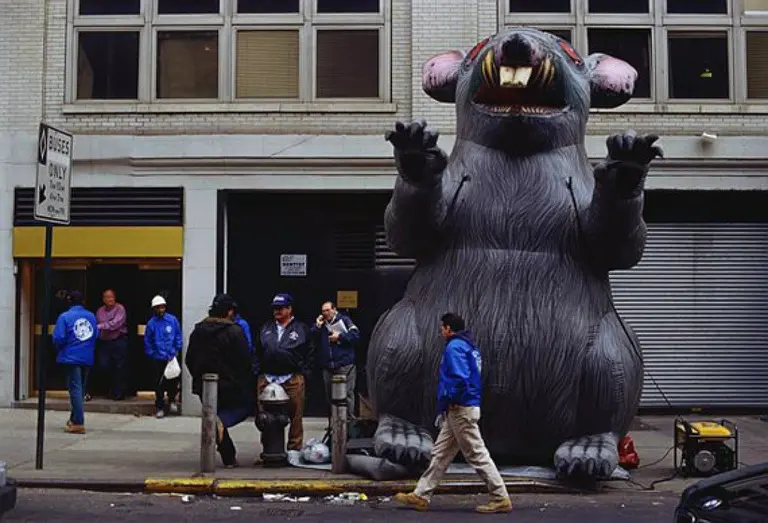
Photo courtesy of Big Sky Balloons
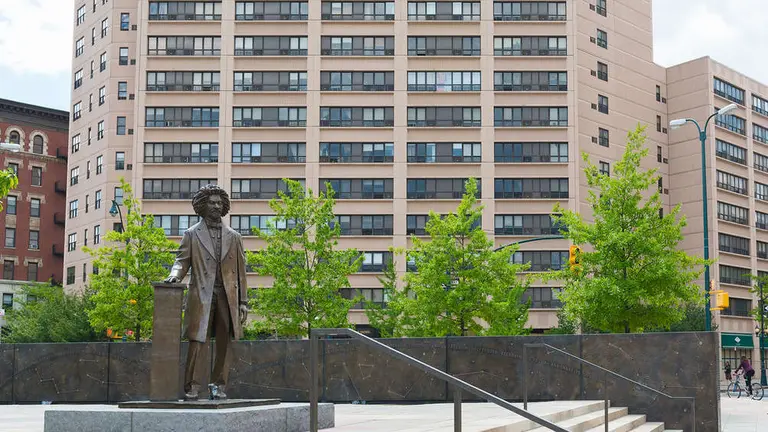
Statue of Frederick Douglass can be found at Central Park North and Frederick Douglass Boulevard, via CityRealty
Forty-eight years ago, just after 1:00am on June 28th, police raided Greenwich Village’s Stonewall Inn, the well-known gay bar on Christopher Street. Unlike past raids against gay bars, the crowd outside fought back, throwing bottles at the cops and protesting around the site for the next six days. According to the NYC LGBT Historic Sites Project, […]
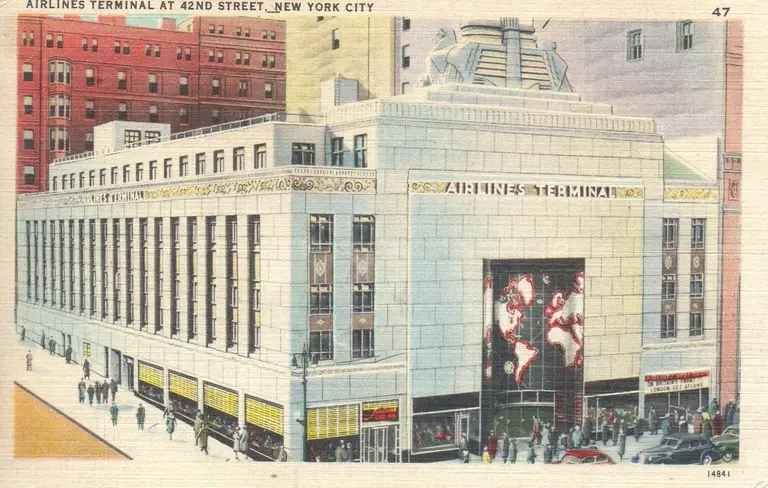
A vintage postcard of the Airlines Terminal Building, via drivingfordeco.com
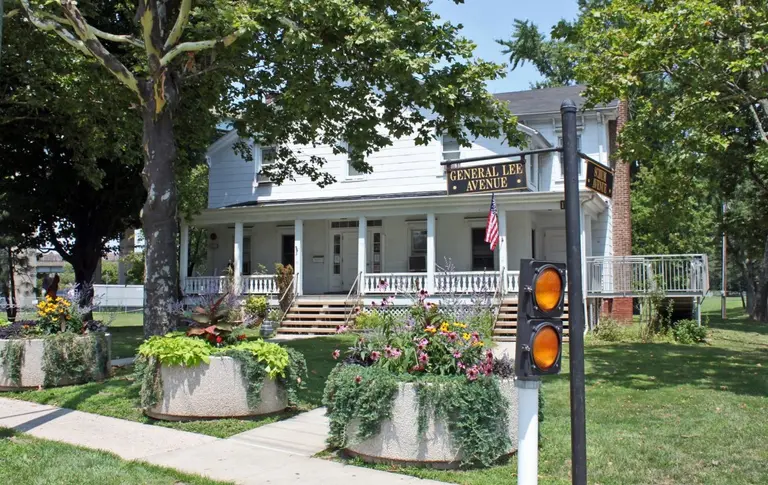
General Lee Avenue and Robert E. Lee’s former home on Fort Hamilton, via Jeremy Bender/Business Insider
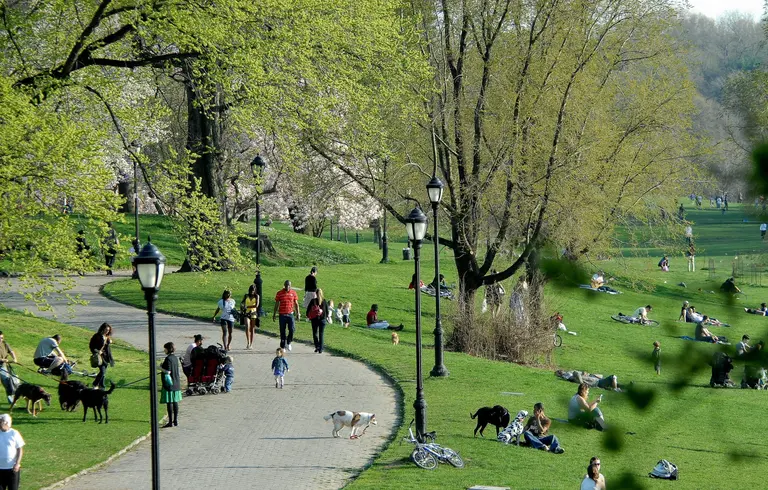
Image by Elizabeth Jeegin Colley for the Prospect Park Alliance
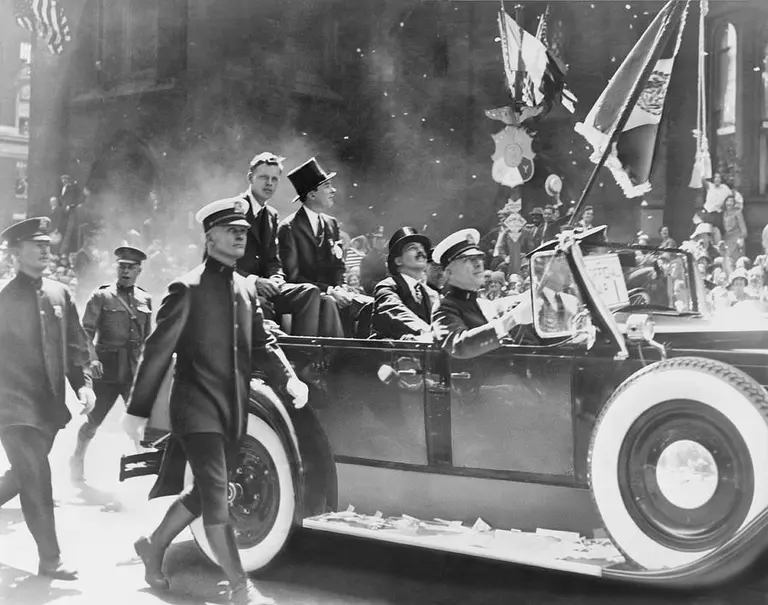
Photo courtesy of PBS
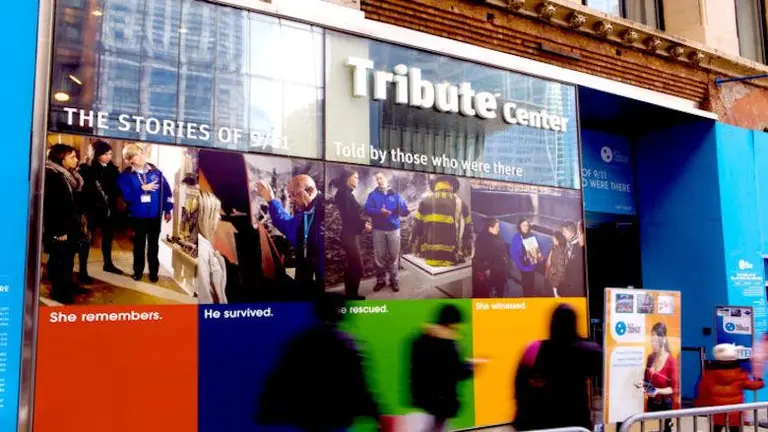
Image © 9/11 Tribute Museum